UConn Expands Presence in Hartford, Stamford
/UConn is on the move this week, literally as well as figuratively. Wednesday will see the ribbon cutting for the new Hartford campus, which is relocating from its suburban campus in West Hartford after nearly five decades away from the Capital City. And in Stamford, students will be moving into student housing beginning this weekend, the first time that has been possible.
 In Hartford, the university intends to “interweave top-tier academic programs with the vitality and unique educational and service opportunities offered by Connecticut’s capital city.” The campus – at a cost of $140 million - is anchored by the historic former Hartford Times building as part of a neighborhood campus that includes nearby cultural institutions and state and city government offices, including Hartford Public Library, which will house 12,000 square feet of UConn classrooms, a library collection, and study areas.
In Hartford, the university intends to “interweave top-tier academic programs with the vitality and unique educational and service opportunities offered by Connecticut’s capital city.” The campus – at a cost of $140 million - is anchored by the historic former Hartford Times building as part of a neighborhood campus that includes nearby cultural institutions and state and city government offices, including Hartford Public Library, which will house 12,000 square feet of UConn classrooms, a library collection, and study areas.
The campus will be the home for the university’s Department of Public Policy, Urban and Community Studies Program, Cooperative Extension System, and the Connecticut State Historian. A new Barnes & Noble bookstore is also coming downtown as part of the new campus.
UConn is also touting the demographics of the student population: 47 percent minority students, and a 13:1 student-faculty ratio. It anticipates 1,347 undergraduates and 1,602 graduate students downtown, at the undergraduate campus, School of Social Work and business school, which has been downtown for more than a decade. A year a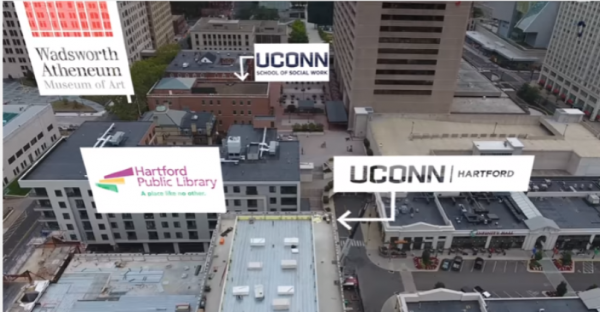 go, the Board of Trustees voted to extend the Graduate Business Learning Center’s (GBLC) lease at 100 Constitution Plaza, and to add two additional floors to the existing space, allocating a total of six floors of classroom, meeting and office space.
go, the Board of Trustees voted to extend the Graduate Business Learning Center’s (GBLC) lease at 100 Constitution Plaza, and to add two additional floors to the existing space, allocating a total of six floors of classroom, meeting and office space.
The UConn School of Social Work is moving from West Hartford down the block from the new undergraduate building, to 38 Prospect Street, directly across from the Wadsworth Atheneum. And, it was announced earlier this month, regular bus service between Storrs and Hartford is getting underway, free of charge to students. There will also be a shuttle bus running a loop downtown, and although there is no designated student parking, officials say the number of available spaces in nearby lots should be more than sufficient.
Meanwhile, at UConn’s Stamford campus, the inaugural move-in weekend is scheduled for August 26th and 27th, as the campus offers student housing for the first time. The student dorm, at 900 Washington Boulevard, is 2 blocks south of the UConn Stamford campus and halfway between the main campus building and the Stamford Transportation Center.
 The building is six stories tall and will have 116 apartment units. the school's website explains. The maximum occupancy of the building is approximately 350 students, but because some of the bedrooms will be single occupancy, the target occupancy is 290 students. Plans call for 100 designated parking spaces for students will be available for a small additional charge.
The building is six stories tall and will have 116 apartment units. the school's website explains. The maximum occupancy of the building is approximately 350 students, but because some of the bedrooms will be single occupancy, the target occupancy is 290 students. Plans call for 100 designated parking spaces for students will be available for a small additional charge.
The residence hall also includes an 80-person meeting room, administrative offices and a lobby on the first floor. Each floor has a study lounge, and the second floor has a large community center in which students can congregate and have events. The University will manage Stamford housing as in Storrs, with an on-site Resident Director and on-floor Resident Assistants.
The current UConn Stamford academic campus, at the corner of Washington Boulevard and Broad Street in downtown Stamford, opened in 1998, although courses had previously been offered in the city. The facility also provides current UConn students, faculty and staff access the on-site Fitness Center free of charge.
In addition to the main campus in Storrs, UConn also has a presence in Waterbury and Avery Point, as well as the School of Law in Hartford’s west end and the Health Center in Farmington. The former UConn Torrington campus closed a year ago, due to “declining interest among students, falling enrollment, a limited faculty, and changing regional demographics,” according to school officials.



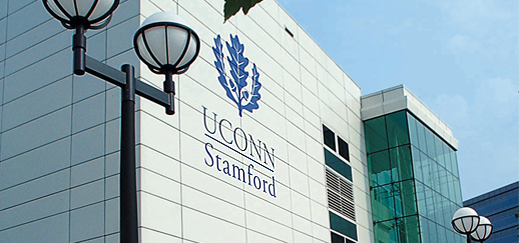 xpert guest lecturers from Connecticut companies will speak regarding subjects and crafts not included in the general curriculum. Officials indicate that upon successful completion of the DMCT, trainees will have completed a portfolio worthy project consistent with their selected track and representative of their work and learning. They will also receive a certificate of completion from the Connecticut Office of Film, Television & Digital Media for their selected track.
xpert guest lecturers from Connecticut companies will speak regarding subjects and crafts not included in the general curriculum. Officials indicate that upon successful completion of the DMCT, trainees will have completed a portfolio worthy project consistent with their selected track and representative of their work and learning. They will also receive a certificate of completion from the Connecticut Office of Film, Television & Digital Media for their selected track. The state’s Office of Film, Television and Digital Media supports and enhances Connecticut’s film, television and digital media industry. The film office is the statewide contact for motion picture, television and digital media production and serves as liaison between production companies, state agencies, municipalities, production facilities, local crew and vendors. The Office also administers the tax credit programs designed to incentivize the development of the industry here in Connecticut.
The state’s Office of Film, Television and Digital Media supports and enhances Connecticut’s film, television and digital media industry. The film office is the statewide contact for motion picture, television and digital media production and serves as liaison between production companies, state agencies, municipalities, production facilities, local crew and vendors. The Office also administers the tax credit programs designed to incentivize the development of the industry here in Connecticut.
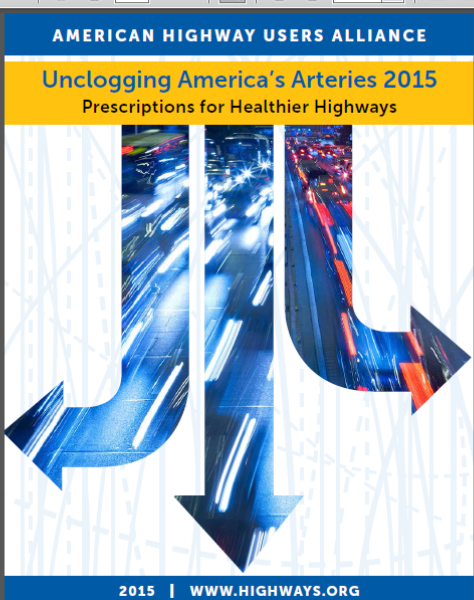
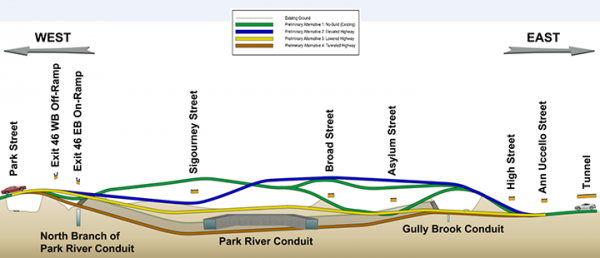 The work, which has yet to be funded, is likely to include moving or eliminating some exits and entrances – and possibly adding others in new locations - to improve traffic flow. Cost estimates range from $4 billion to $12 billion, depending on the option selected. Upcoming public meetings are to be held in East Hartford on Dec. 2 and Hartford on Dec. 10.
The work, which has yet to be funded, is likely to include moving or eliminating some exits and entrances – and possibly adding others in new locations - to improve traffic flow. Cost estimates range from $4 billion to $12 billion, depending on the option selected. Upcoming public meetings are to be held in East Hartford on Dec. 2 and Hartford on Dec. 10.


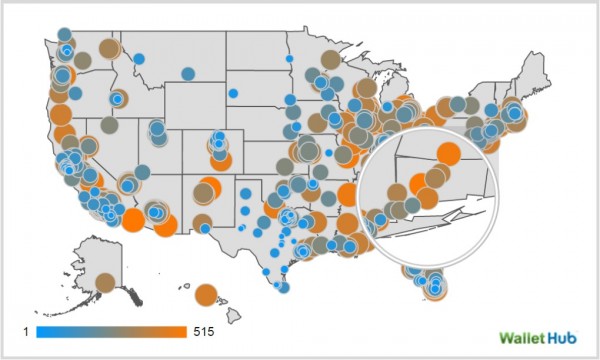 Joan Fitzgerald, Professor of Public Policy and Urban Affairs at Northeastern University, told WalletHub: “It is not an accident that many of the fastest growing cities have thriving high tech and biotech sectors along with financial services and usually a strong health care sector. But another priority has to be balance. In many cities, manufacturing loses out over other uses.”
Joan Fitzgerald, Professor of Public Policy and Urban Affairs at Northeastern University, told WalletHub: “It is not an accident that many of the fastest growing cities have thriving high tech and biotech sectors along with financial services and usually a strong health care sector. But another priority has to be balance. In many cities, manufacturing loses out over other uses.”
 “I would like to congratulate all of the members of Stamford 2030 for joining together to make vital changes for our community," said Stamford Mayor David Martin. "The partners in Stamford 2030 have really stepped up for the success and sustainability of our city and the surrounding area. And they are not alone. For our part, the city is committed to improving storm resiliency and moving forward with the Energy Improvement District. We believe these efforts are tied to our economic development and ability to attract people to Stamford while conserving important natural resources, all necessary for sustained growth and prosperity.”
“I would like to congratulate all of the members of Stamford 2030 for joining together to make vital changes for our community," said Stamford Mayor David Martin. "The partners in Stamford 2030 have really stepped up for the success and sustainability of our city and the surrounding area. And they are not alone. For our part, the city is committed to improving storm resiliency and moving forward with the Energy Improvement District. We believe these efforts are tied to our economic development and ability to attract people to Stamford while conserving important natural resources, all necessary for sustained growth and prosperity.”
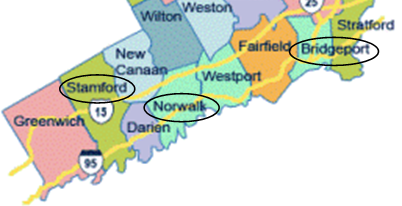
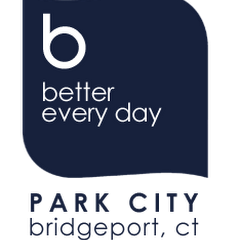

 The Bridgeport-Stamford-Norwalk region ranked #5 in physical health, #43 in financial health, #58 in community ties, #63 in sense of purpose and #88 in social health.
The Bridgeport-Stamford-Norwalk region ranked #5 in physical health, #43 in financial health, #58 in community ties, #63 in sense of purpose and #88 in social health.


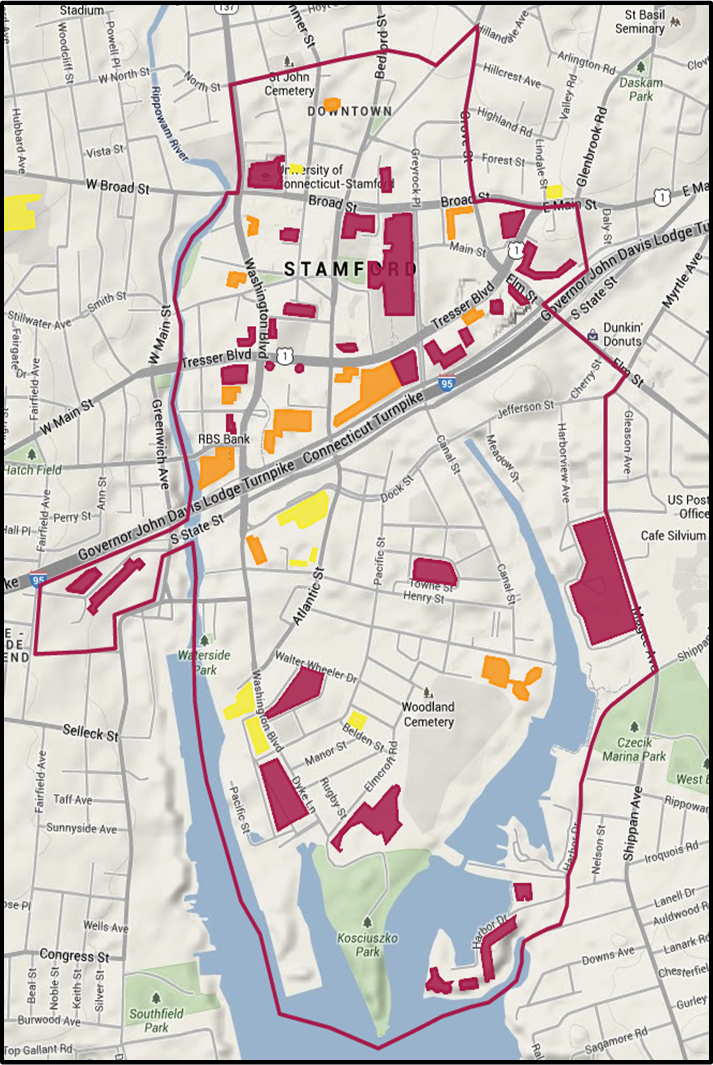 “These collective efforts will establish the Stamford 2030 District as an example of a financially viable, sustainability focused, multi-sector driven effort that maximizes profitability and prosperity for all involved. Through collaboration of diverse stakeholders, leveraging existing and developing new incentives and financing mechanisms, and creating and sharing joint resources, the Stamford 2030 District will prove the business case for healthy and high performing buildings.”
“These collective efforts will establish the Stamford 2030 District as an example of a financially viable, sustainability focused, multi-sector driven effort that maximizes profitability and prosperity for all involved. Through collaboration of diverse stakeholders, leveraging existing and developing new incentives and financing mechanisms, and creating and sharing joint resources, the Stamford 2030 District will prove the business case for healthy and high performing buildings.”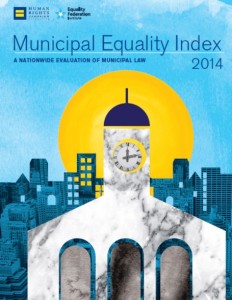
 with the Equality Federation, provide “a revealing snapshot of LGBT equality in municipalities of varying sizes, and from every state in the nation,” the report noted.
with the Equality Federation, provide “a revealing snapshot of LGBT equality in municipalities of varying sizes, and from every state in the nation,” the report noted.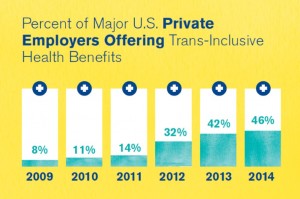 tive state laws.
tive state laws.
 zed Cities that were ranked, New Haven ranked #42 (up from #65 last year) and Bridgeport-Norwalk-Stamford
zed Cities that were ranked, New Haven ranked #42 (up from #65 last year) and Bridgeport-Norwalk-Stamford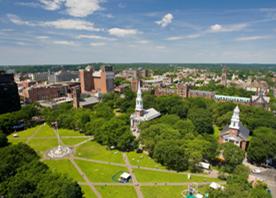 ranked at #58 (up from #85 last year) and saw the 10th largest advance among the medium sized cities.
ranked at #58 (up from #85 last year) and saw the 10th largest advance among the medium sized cities.


























